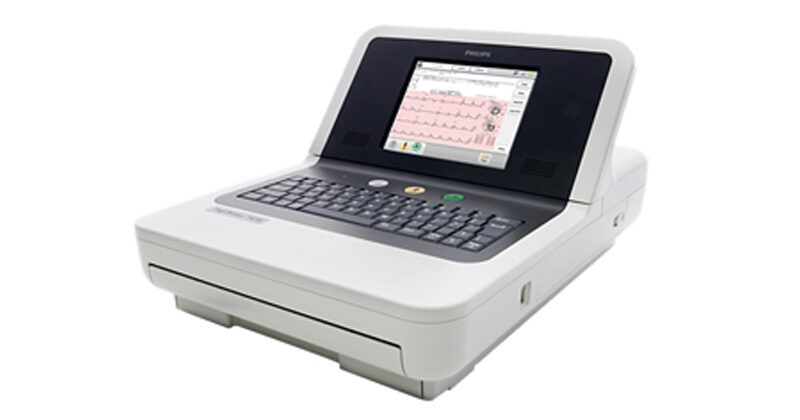
ECG Measurements
In MESA, 12‐lead computerized ECGs were acquired via prepared experts utilizing GE MAC 1200 electrocardiographs with normalized systems. ECGs were sent electronically to the MESA ECG Reading Center situated at the Epidemiological Cardiology Research Center (Wake Forest School of Medicine, Winston‐Salem, NC). As per MESA convention, all channels in the ECG machines were handicapped to give unfiltered estimations.
All ECGs were naturally prepared, after visual review for specialized blunders and insufficient quality, utilizing the 2001 form of the GE Marquette 12‐SL program. As a component of routine quality control measures in regards to ECG information handling, prepared staff performed visual review of fundamental ECG waveforms and affirmed computer‐detected ECG anomalies.
Unusual P‐wave span, PR stretch, and QRS term were characterized as qualities >120, >200, and >100 ms, individually. Delayed QT span was characterized as ≥460 ms for ladies and ≥450 ms for men utilizing the Framingham recipe: QTF=QT+0.154×[1−(60/heart rate)].19 Abnormal P‐wave pivot was characterized as qualities outside the scope of 0° and 75°.20, 21 Left‐axis deviation was characterized as QRS hub less somewhere in the range of −90° and −30°, and right‐axis deviation was characterized as QRS hub somewhere in the range of −90 and +90°. Strange QRS‐T point was characterized as qualities more prominent than the sex‐specific 95th percentile esteems (men: >88°; ladies: >77°).
Unusual P‐wave terminal power in lead V1 (PTFV1) was characterized as qualities >4000 μV×ms.22 Time to top R wave (instrinsicoid diversion [ID]) was naturally estimated from V5 and V6 (the left ventricular chest leads), and the limit of the two qualities was utilized in the primary investigation.
Time to ID esteems >50 ms were considered abnormal.23 Left ventricular hypertrophy was characterized by the Cornell measures (R wave abundancy AVL in addition to S wave sufficiency V3 ≥2.8 mV in men and ≥2.0 mV in women).24 Low QRS voltage, ST/T‐wave irregularities, right bundle‐branch square, and left bundle‐branch block were characterized utilizing Minnesota Code Criteria.25
Cardiovascular breakdown
The ascertainment of occurrence HF occasions in MESA has been depicted previously.26 Participants were followed for episode cardiovascular occasions from benchmark through December 31, 2013. At time periods to a year, a phone questioner reached every member to ask pretty much all interval emergency clinic confirmations, cardiovascular outpatient judgments, strategies, and passings. Likewise, MESA at times distinguished clinical experiences through accomplice facility visits, member call‐ins, clinical record reflections, or tribute. Next‐of‐kin interviews for out‐of‐hospital cardiovascular passings likewise were utilized.
